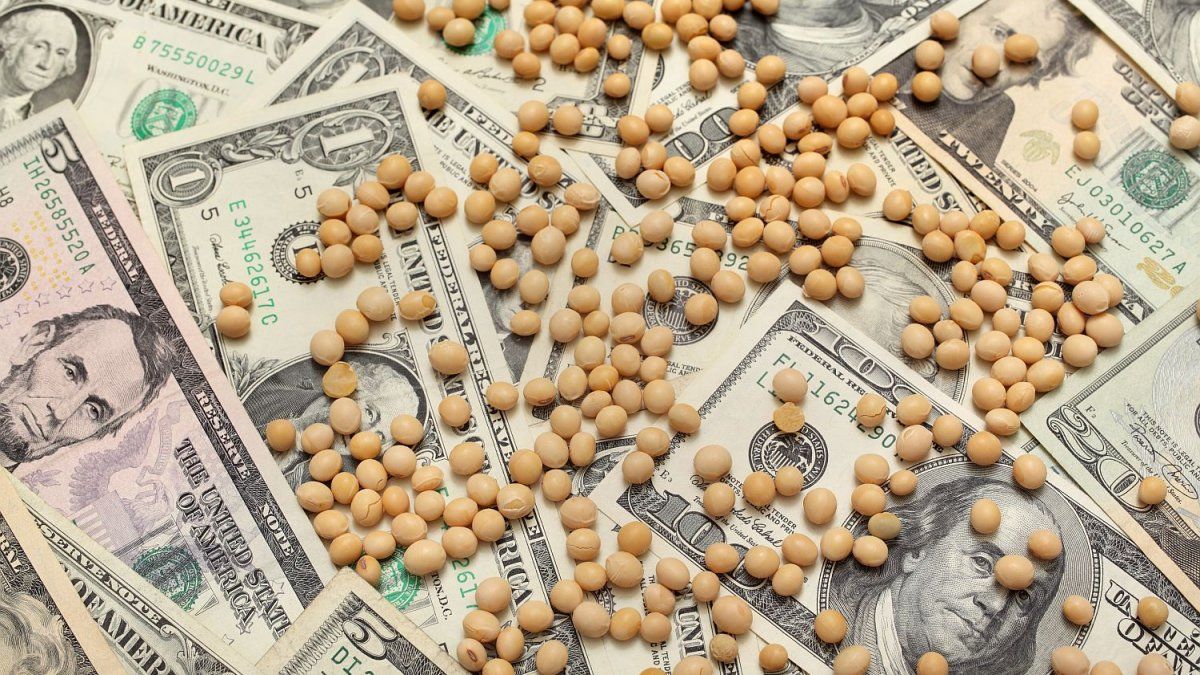The monthly income of foreign currency, transformed into pesos, is the mechanism that allows us to continue purchasing grains from producers at the best possible price.
The Chamber of the Oil Industry of the Argentine Republic (CIARA) and the Cereal Exporters Center (CEC), entities that group andl 48% of Argentine exportsannounced this Friday, March 1, that during the month of February, companies in the sector settled the sum of US$1,499 million dollars, which represents an increase in 133% in relation to the same month of February in 2023 and an improvement of 92% compared to the accumulated figure of this year compared to 2023.
The content you want to access is exclusive to subscribers.
The inflow of foreign currency in the month of February is the result of the new regime of the export dollar and the macroeconomic movements of the Government of Javier Milei, “that impact grain supply sales decisions“adds the report issued by the organizations. Likewise, it adds that the export of grains continues to work with high levels of idle capacity, as does the oil industry, suffering permanent negative margins.


The monthly income of foreign currency, transformed into pesos, is the mechanism that allows us to continue purchasing grains from producers at the best possible price. In that sense, “the settlement of foreign currency is fundamentally related to the purchase of grains that will later be exported,” either in their same state or as processed products.after an industrial transformation.
Producing sectors
Most of the foreign exchange income in this sector occurs well in advance of export, anticipation that is around 30 days in the case of the export of grains and reaches up to 90 days in the case of the export of oils and protein flours. This anticipation also depends on the time of the campaign and the grain in question, so there are no delays in the settlement of foreign currency.
In this sector, statistical comparisons between different periods are generally imprecise or inaccurate because the settlement of foreign exchange It is strongly influenced by the commercial cycle of grains, which depends on various and changing exogenous factors such as international price fluctuations.s, retraction of supply, different volume and protein value of crops, climatic conditions, holidays, union force measures, regulatory modifications, tariff barriers and foreign tariffs, phytosanitary or quality requirements of other countries, etc.
Oilseed-cereal complex
The oilseed-cereal complex, including biodiesel and its derivatives, contributed, in 2023, 50.1% of Argentina’s total exports areaccording to data from the National Institute of Statistics and Censuss (INDEC).
The country’s main export product is soybean meal (12% of the total), which is an industrialized byproduct generated by this agroindustrial complex, which currently has a high idle capacity of close to 70%. The second most exported product last year, according to INDEC, was corn (11%) and the third was soybean oil (6.9%)
Source: Ambito




